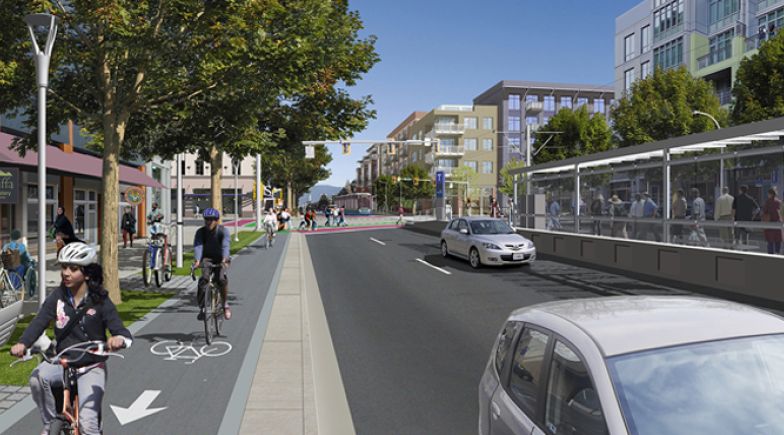Port Authority Trans-Hudson (PATH), is a rapid transit system serving metropolitan northern New Jersey and lower Manhattan in New York City. PATH is operated by the Port Authority of New York and New Jersey (PANYNJ), owners of the three largest airports in the New York City region: LaGuardia, JFK and Newark airport. Access to the New York City airports from lower Manhattan is a problem and the Port Authority is investigating ways to improve access to the region’s airports.
Steer provided the ridership and revenue analysis for the proposed PATH extension to Newark Liberty International Airport (EWR). We were commissioned by the PANYNJ to forecast ridership on the extension and provide parking capacity estimates for the proposed new airport rail link station. The proposed service would continue from Newark Pennsylvania Station to EWR, where users could connect to the existing monorail for access to the airport terminals.
How we helped
Steer’s work involved conducting a large-scale in-person revealed and stated preference survey of departing passengers at EWR, JFK and LaGuardia. Steer designed and hosted the online survey and estimated a combined access mode choice and airport choice model. More than 3,000 completed surveys were collected using in-person interviews. The work provided key insight into transit usage, access mode shares, parking usage, ride hailing, trip purpose, air passengers’ behaviors and other ground transportation patterns at those three airports. Our continued work for the PANYNJ provides ridership forecasts and parking capacity updates for the proposed rail link.
Steer is also using the New Jersey Transit travel demand forecasting model to develop forecasts for non-airport users who would be potential users of the proposed PATH service extension. Finally, we developed a separate model to estimate the use of the PATH service by airport employees.
Successes and outcomes
The ridership and revenue forecasts prepared by Steer will have multiple uses, including justification of the investment, helping in the definition of the proposed service and underpinning the environmental impact assessment.

